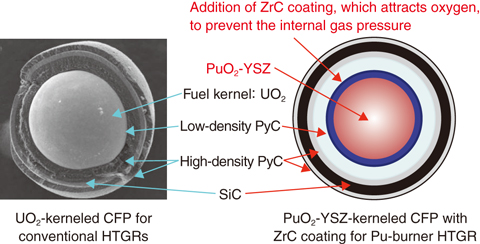
Fig.6-3 CFPs for a conventional HTGR and a plutonium-burner HTGR

Fig.6-4 Schematic of the reactor core of a plutonium-burner HTGR
High-temperature gas-cooled reactors (HTGRs) have excellent safety features because their stopping, cooling, and fission-product-confinement behavior are ensured by physical phenomena, even if all electricity is stopped. Meanwhile, the establishment of plutonium-incineration technology is important from the viewpoint of nuclear security both internationally and domestically. Thus, we have proposed an HTGR system to incinerate Pu by fission.
For coated fuel particles (CFPs) in conventional HTGRs, an increase in the internal pressure, which is caused by the generation of carbon monoxide (CO) and fission product (FP) gases with burnup, is considered a major cause of the fuel failure occurring during operation. The CO gas is generated by the chemical reaction of the low-density pyrolytic carbon layer with the free-oxygen released from uranium dioxide (UO2) or plutonium dioxide (PuO2) by fission. Therefore, we have proposed a safety-enhanced Pu-burner HTGR by introducing CFPs with fuel kernels coated by zirconium carbide (ZrC), which acts as an oxygen getter (Fig.6-3).
A study on the safety-enhanced Pu-burner HTGR was started in FY2014 by the University of Tokyo, the Japan Atomic Energy Agency (JAEA), the Fuji Electric Co., Ltd., and the Nuclear Fuel Industries, Ltd. to establish the basic technologies necessary. The design studies of the fuel and the reactor core as well an experiment with ZrC coating will be completed in FY2017.
In the fuel-design study, an existing code for calculating the internal gas pressure in UO2-kerneled CFP is being modified to analyze that in the PuO2-kerneled one with consideration of the depression effect due to ZrC coating. In the design study of the reactor core, the input files have been prepared to perform nuclear burnup calculations for the reactor core illustrated in Fig.6-4. The nuclear burnup calculations with the whole core model and the fuel-temperature calculations will be performed. In addition, inspection and preparation for the ZrC-coating instrumentations were conducted. The ZrC-coating experiment will be conducted to obtain material properties such as stoichiometry, density, and microscopic structure of the ZrC, and then the optimization of the coating conditions such as temperature and gas-flow rate will be examined based on the obtained material-characteristic data.
The present study was partly sponsored by the Ministry of Education, Culture, Sports, Science and Technology of Japan (MEXT).